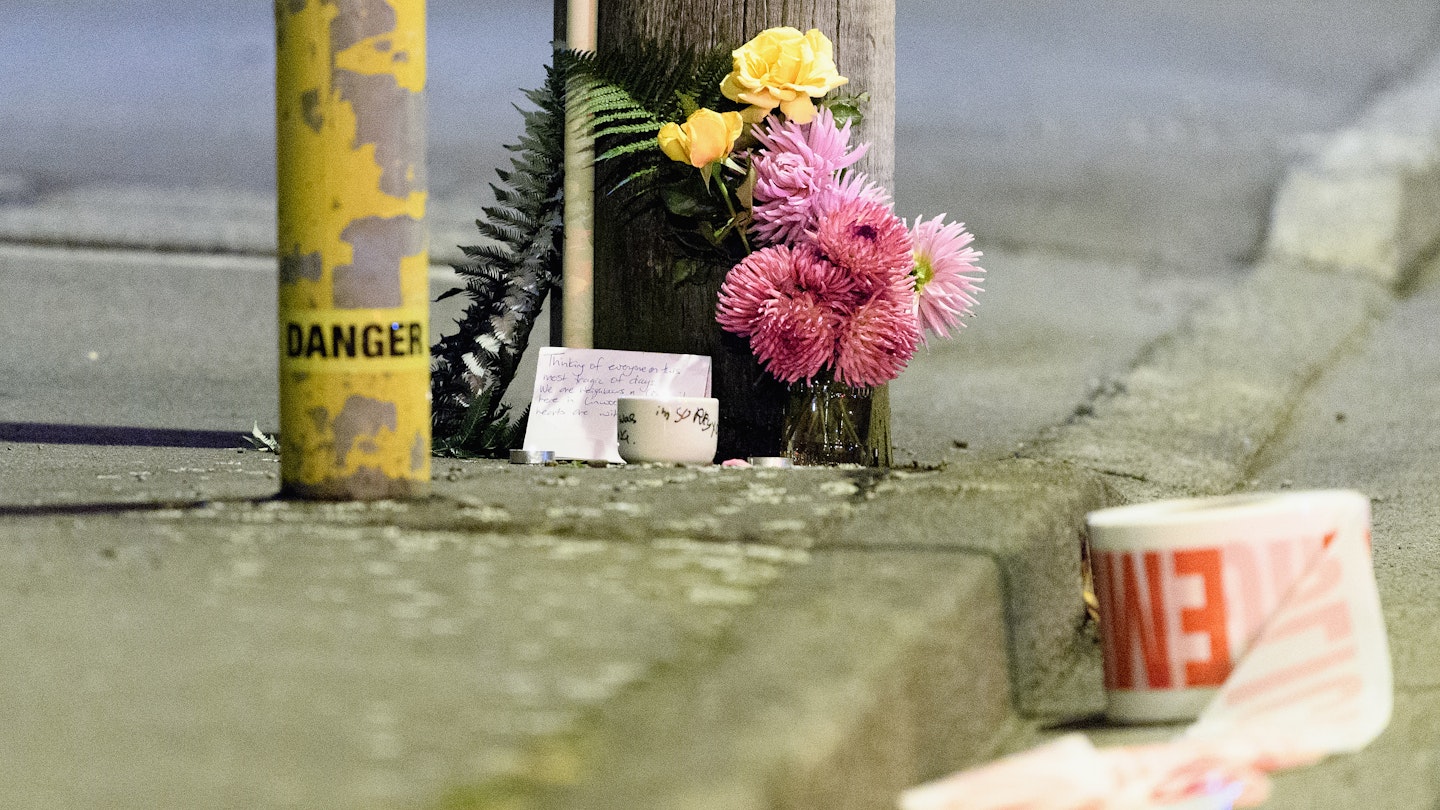At least forty-nine people were killed yesterday, after a man – since identified as a terrorist, a white supremacist; an Islamophobe, a racist – stormed a Mosque in Christchurch, New Zealand and opened fire. A further 20 people were left injured, thousands more left traumatised and bereft. World leaders sent messages of solidarity while their countries contemplated the events of the night before.
Jacinda Ardern, the country’s Prime Minister, declared today “one of New Zealand’s darkest days”. Of the victims, she said, “they are us”, adding that “the person who has perpetuated this violence against us is not. They have no place in New Zealand. There is no place in New Zealand for acts of such extreme and unprecedented violence, which it is clear this was.”
The terrorist, which reports named as Brenton Tarrant, 28, filmed the attack and livestreamed it to Facebook. By the time the Western world woke up, the video was already circulating wildly around the internet. Online giants – Facebook, YouTube and the like – scrambled to contain it, while users allegedly outnumbered and outwitted them uploading the video en masse at speeds quicker than moderators could follow. “Crying emojis” glibly punctuated the titles on version after version, long after three arrests were made following the shooting. One suspect is expected to make a first appearance in court on Saturday morning.
Meanwhile, as New Zealand’s Prime Minister urged the public not to seek out the video and not to watch or share – not to indulge a terrorist in his sadist quest for the world’s attention on his warped ideology – national British newspapers made decisions. The Daily Mirror and The Sun online ran edited video footage from the killer’s headcam on their website. Mail Online published it too – along with a large GIF of the attack, centred on their homepage, playing on a ceaseless, tasteless loop. Later, the Mail published a 74-page document, glorified in reports as a “manifesto” of the terrorist, for readers to download in PDF form.
The tabloid media, following necessary outcry, eventually removed the content. But only after the orders from Jacinda Ardern had already been defied; after the clicks had been made, the content flogged and the lives had been exploited.
After, too, a murderer’s wishes were satiated by a press so greedy it is willing to collaborate with – and, arguably, to perpetuate and revel in – terrorism. The Mail ran subsequent articles blindly repeating the gunman’s description of himself, lifted straight from his propaganda. In an abhorrent – but unsurprising – additional article, the Mail courted sympathy for the terrorist, by claiming his mass murder came after his dad “died of cancer”. How terrifying that a press whose purpose is a watchdog no longer questions further than “how many clicks”. What horror, to commercialise a person’s last moments. How quickly respect is exchanged for content and how embarrassingly predictable that the white “lone wolf” narrative – the white guy gone bad – conveniently overshadows the truth in favour of dangerous editorial lines.
As terror continues and contorts into viral horror shows, press regulation and integrity is more urgent than ever. Today the world must mourn 49 victims of terrorism. We shouldn’t have to shoulder the shame of a disgraceful press too.
